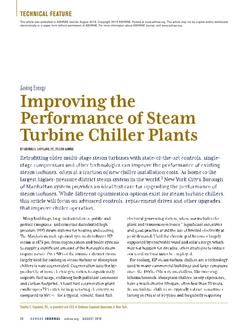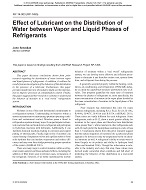Analysis of measured data from buildings has become increasingly important during the past half-decade for reasons ranging from the needs of diagnostic expert systems to predicting the efficacy of energy conservation measures. In order to evaluate many of the analytical methods in use today and to assess new methods not widely applied to building data studies in the past, an open competition was held in the summer of 1993. The objective was to identify the most accurate method for making hourly energy use predictions based on limited amounts of measured data. Two data sets that typified two different needs of building data analysts – future building energy use prediction and insolation data prediction – were prepared. Responding to electronic and conventional publicity, more than 150 entrants requested data sets for which they were to make specific challenging analyses and predictions using their empirical tool of choice. The summarised results show that connectionist methods excelled in the analytical tasks when used either by experts or novices. The six identified winners of the competition used different methods, all within the broad definition of connectionist approaches. Quantitative results are presented, which is supported by six separate papers giving details of the winner’s methods.
KEYWORDS: calculating, energy consumption, buildings, accuracy, insolation, competition, analysis
Citation: Symposium, ASHRAE Trans. 1994, Vol.100, Part 2
Product Details
- Published:
- 1994
- File Size:
- 1 file , 1.7 MB
- Product Code(s):
- D-17685


